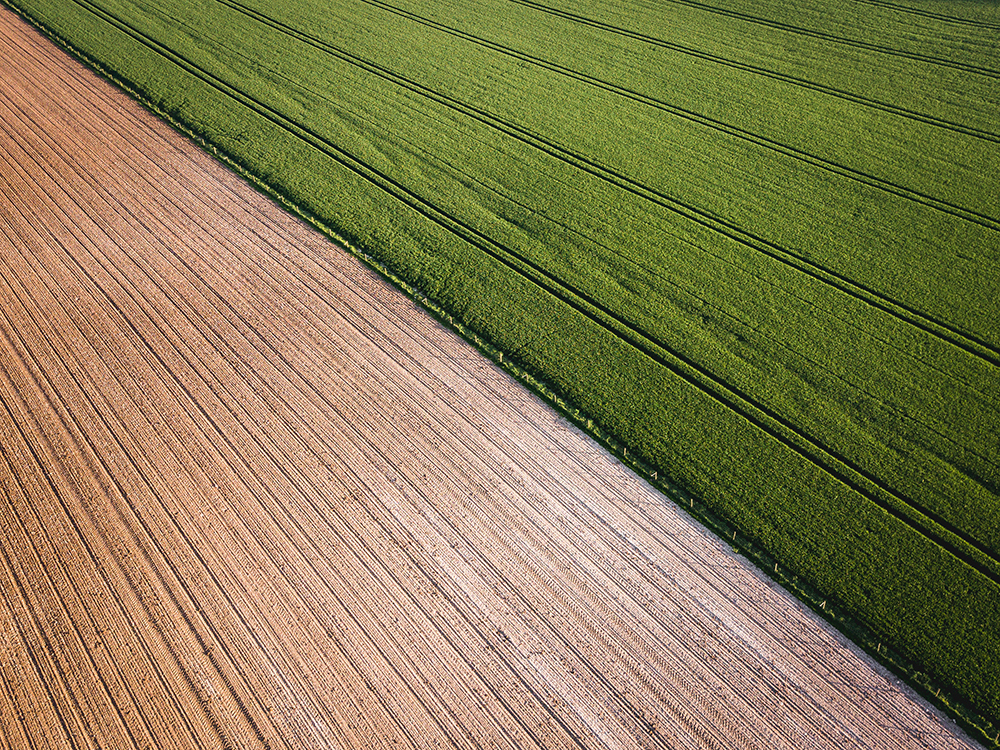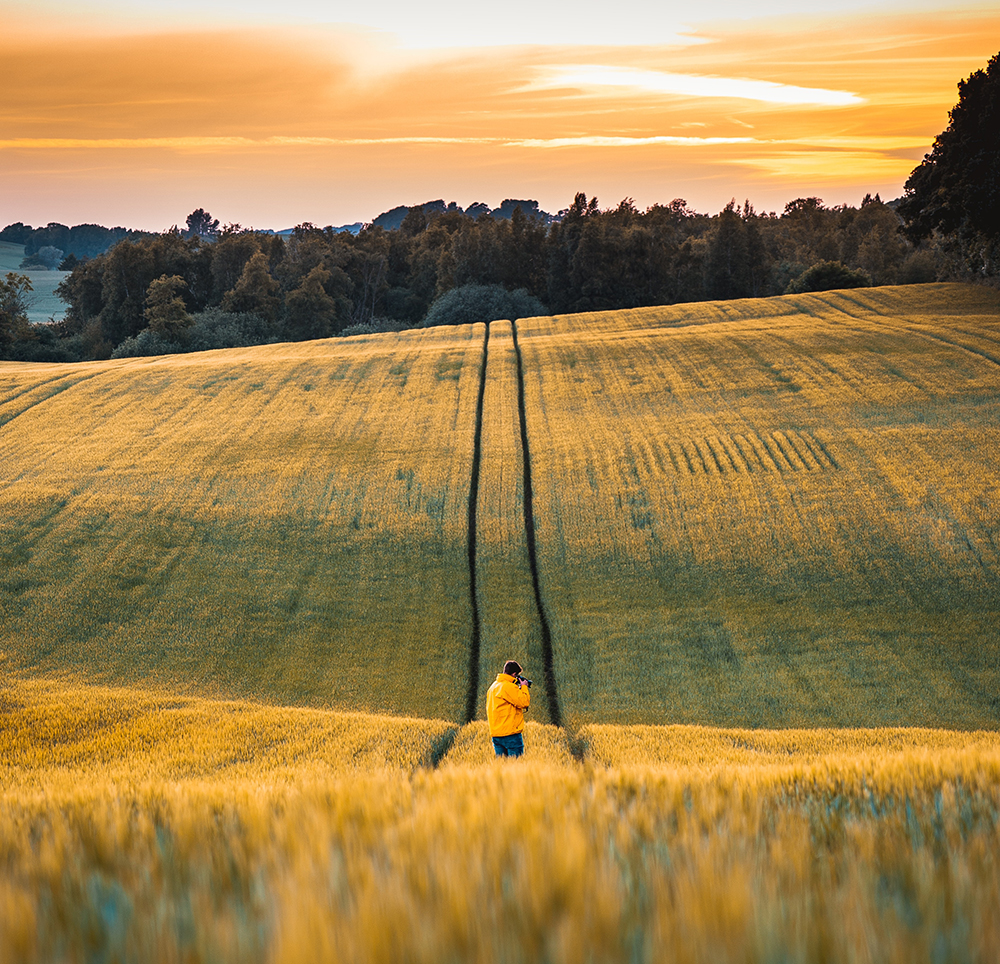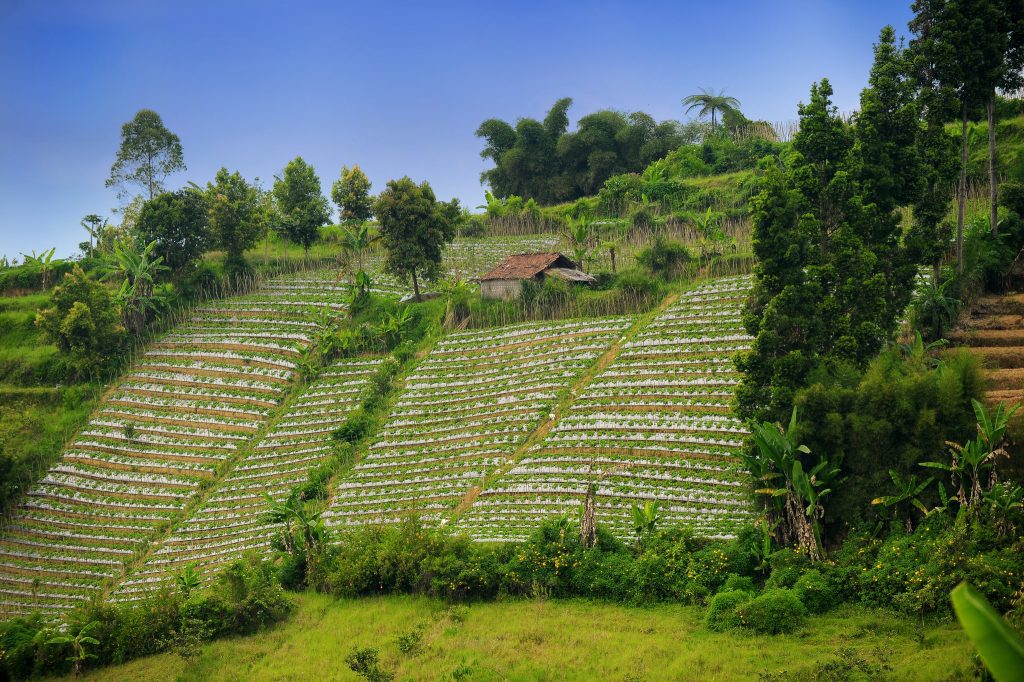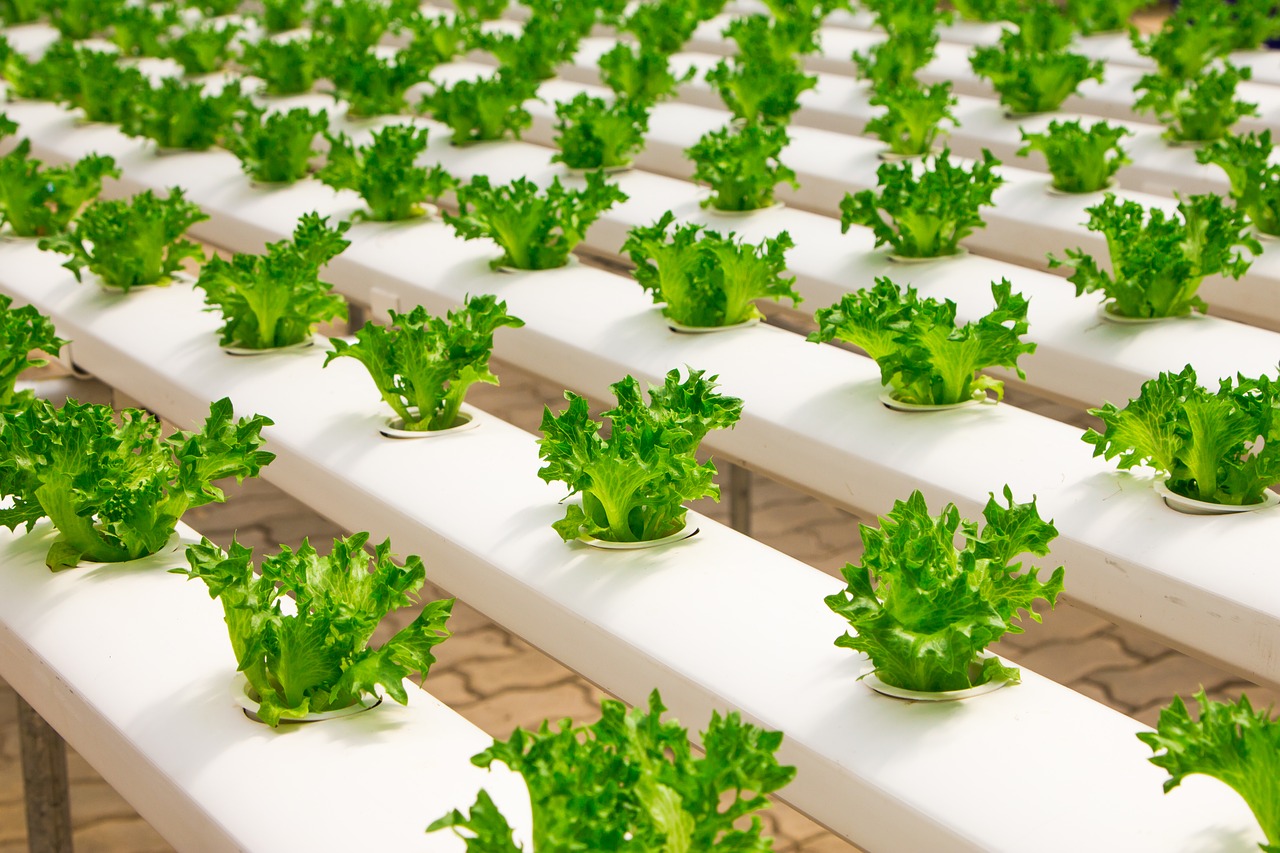How we can start fixing the sustainable food movement to feed more people.
Written by Rebecca Tucker
When’s the last time you had something good to eat? Think about how you’d answer that question. When you imagine good food, do you think of food that nourishes and sustains you? Or do you think of food that taps into some emotional wavelength. Nostalgia, perhaps? Is good food something that’s good for the planet? Maybe it’s organic, grown by small farmers in small quantities, or baked by an artisanal producer using ancient methods? Or is it good for the planet because it’s grown using innovative technologies that help mitigate waste and reduce water use? Is it food that is pure and unprocessed, and therefore provides some sense of moral superiority to you? Or it is simply food that tastes good?
At one point in time, this answer might have come a bit more organically. But as the 20th and early 21st century wreaked havoc on our global food systems, so too did it redefine what was broadly accepted as good food, though that definition is just as stratified as the changes to food production at large, if not moreso. If good food was once healthful food — food that got your body from Point A to Point B while doing little to no damage to it in the process — it has come to mean a broad spectrum of things. Things that often contradict one another.


More than anything, good food has come to mean moral food. That is, food that does good on an altruistic scale that exists outside of the body of the consumer, even if that good is only projected and theoretical. Thanks to foodie evangelists such as Michael Pollan, Mark Bittman, and Barbara Kingsolver, conscientious food consumers now know good food less for what it is than for what it isn’t: food that makes us feel bad, but not physically — metaphysically, in fact. For the most part, this comes down to how many buzzy adjectives we can apply to it: organic, sustainable, farm-to-table, nose-to-tail, small batch, free run, artisanal… the more full your foodie bingo card, ostensibly the better for you. You’ll feel a much greater sense of moral fortitude, even if you don’t really know what all of that means, or whether or not it’s actually helpful.
But more than ten years after the publication of Pollan’s The Omnivore’s Dilemma, a book that set out the 21st century credo for good foodie-ism (“Eat food, not too much, mostly plants”) how far has our blind adherence to these tenets of moral dietary structure gotten us? Or, perhaps more presciently, how far will they take us in the future?
This is the question that’s on the lips of many food scientists and activists nowadays, particularly as estimations put the global population by the year 2050 at nine billion. Are our food systems adequate to feed everyone? And if not, what will those food systems look like?


It may seem contrarian, if not flat-out controversial, to suggest that organic farming and artisanal production haven’t actually done much good. In fact, they’re only one way forward and it’s a slow, exclusive, sort of pious way. For one thing, those methods of production result in a product that’s expensive, which is to say: a product that many people can’t afford. Certainly, a more equitable distribution of wealth is one way to approach this issue but why not also allow that there is perhaps middle ground between pricey heirloom tomatoes and pesticide-laden factory farmed ones? The conversation surrounding sustainable food systems has been thusly polarized and therefore stagnant. You and I might be happy to see the provenance of our chicken, right down to the GPS coordinates on our nose-to-tail restaurants menu, but a greater proliferation of highly exclusive — albeit highly ethical — food products does not a sustainable food system make. How can something be sustainable if it’s not accessible?


On top of that, an increased global awareness of what constitutes good, moral food is a double-edged sword. For those of us who can access morally sound dinners, it’s all well and good but for those who can’t, the immediate impact is guilt and shame. I myself feel it whenever my budget is a little too tight to splurge on those beautiful, multicoloured, farm-fresh eggs, and instead go for the cheap, thin-shelled, chicken-torturing ones. We can’t change the world through shame.
At this point, you’re probably going to want some solutions because how could it be possible that we’ve dedicated decades to getting everyone onto the organic side of the fence, and that’s now turning out to have been the wrong approach? Luckily, there are plenty of people on it and those people, paradoxically enough, are scientists — the very people of whom the grassroots sustainable food movement have been notoriously skeptical.
Hear them out: In 2017, a National Geographic cover story on the Netherlands investigated how the Dutch nation is using food technologies such as vertical farming (growing plants indoors in stacked vertical planters) to vastly increase and make efficient its food-production capabilities; the Netherlands are now the world’s second greatest exporter of food by value, second only to the United States.
Closer to home, on the prairies, farmers are beginning to adopt what is known as “precision farming” technology — GPS-enabled tractors that help medium- and large-scale producers use data collection and collation to enable greater yield with less output. That’s more food using less water. In other words, planet-saving stuff.
How about genetics? That great bogeyman of sustainability? Researchers in developing countries are working to genetically engineer plants that are climate change- , disease- and drought-resistant — essential crops, like rice and bananas, on which a number of developing communities rely. Public distrust, however, has relegated much of this research to the laboratory.
Even the Musk family is getting in on the food tech game: Elon’s brother, Kimbal, co-founded Square Roots, an urban farming startup that applies Silicon Valley-style thinking to methods of food production. In 2015, the junior Musk called food “the new Internet.”
The thing is: we aren’t hearing a lot about these innovations or the thousands of others that are beginning to trickle into our food systems at large. One of the major reasons for this is that there is widespread skepticism against anything that appears contrary to the widely accepted notion that a return to our slow-food roots is the true way forward when in fact, today’s food tech and science are working to find ways to, if not reverse, then avoid continuing to depend on the food tech and science ills of the past. In other words, the way forward is divorcing ourselves from the idea that there’s only one way forward and accepting that perhaps a combination of old-school agrarianism, 20th century buzzword foodie-ism, and 21st-century food science may just set us on the most solid path to feeding nine billion people in the year 2050.
You may still not know when was the last time you ate good food. But the next time you go out to eat or shop for groceries, try to broaden your definition of what it means to order something good. We’re not going to shame ourselves into a solution.








